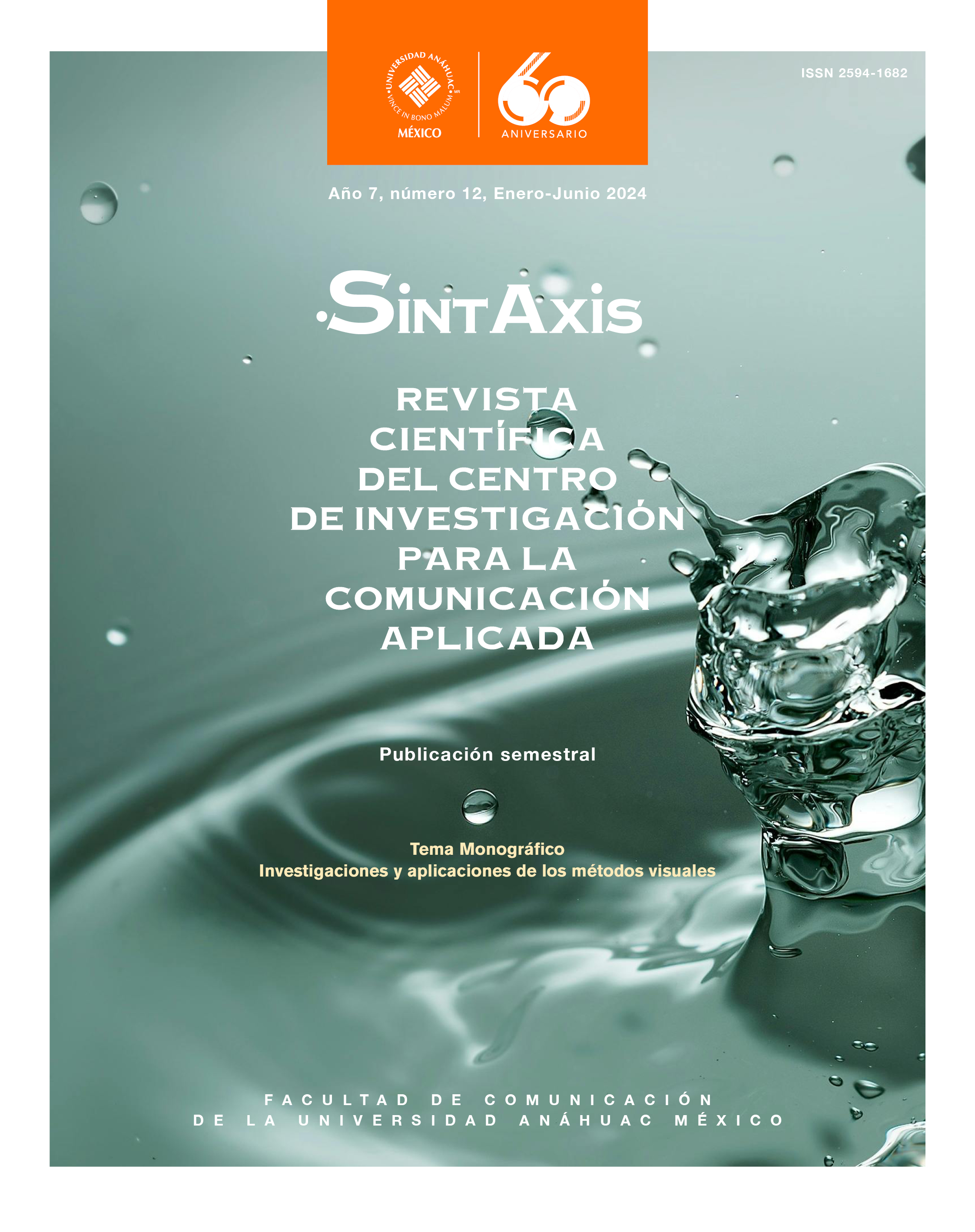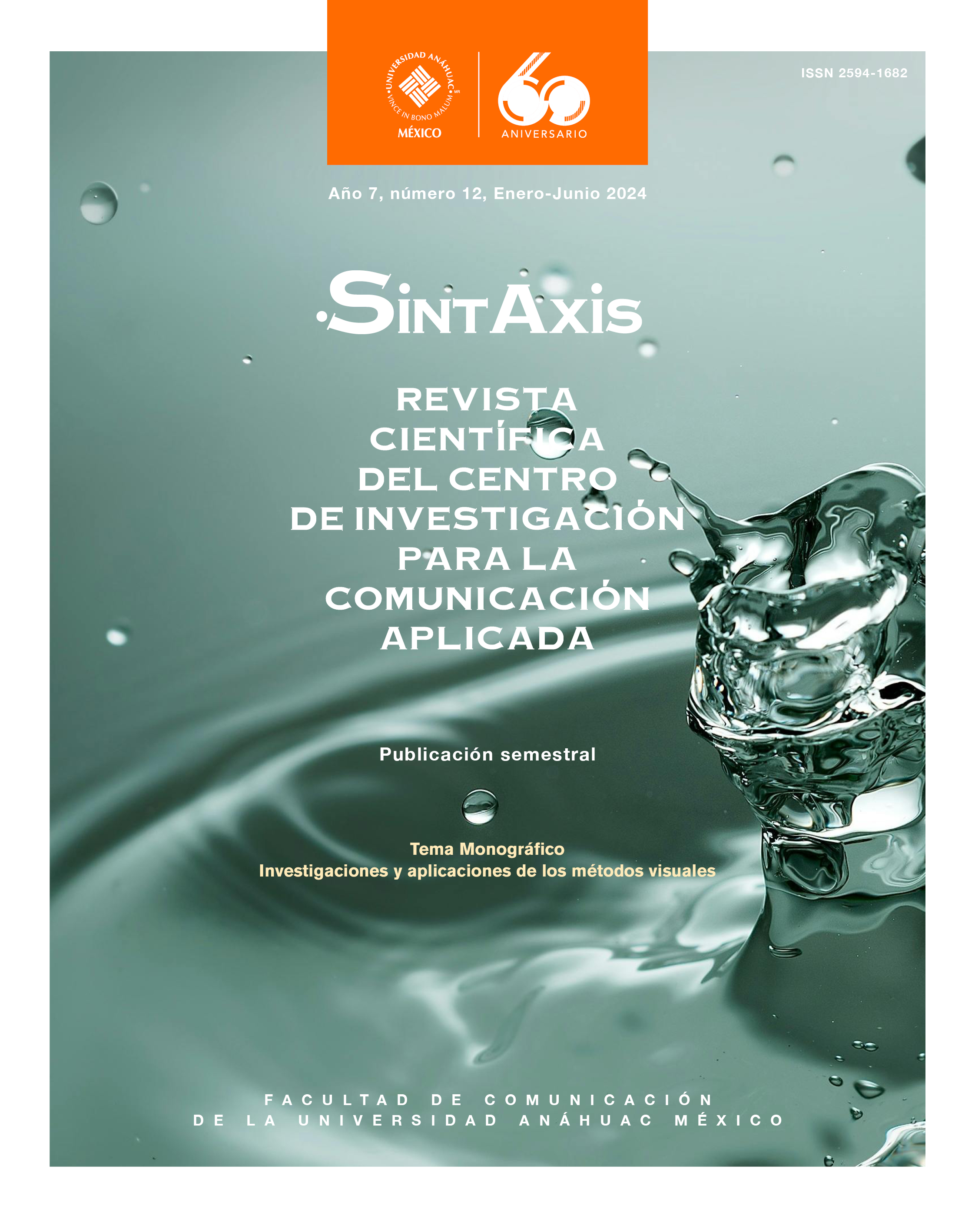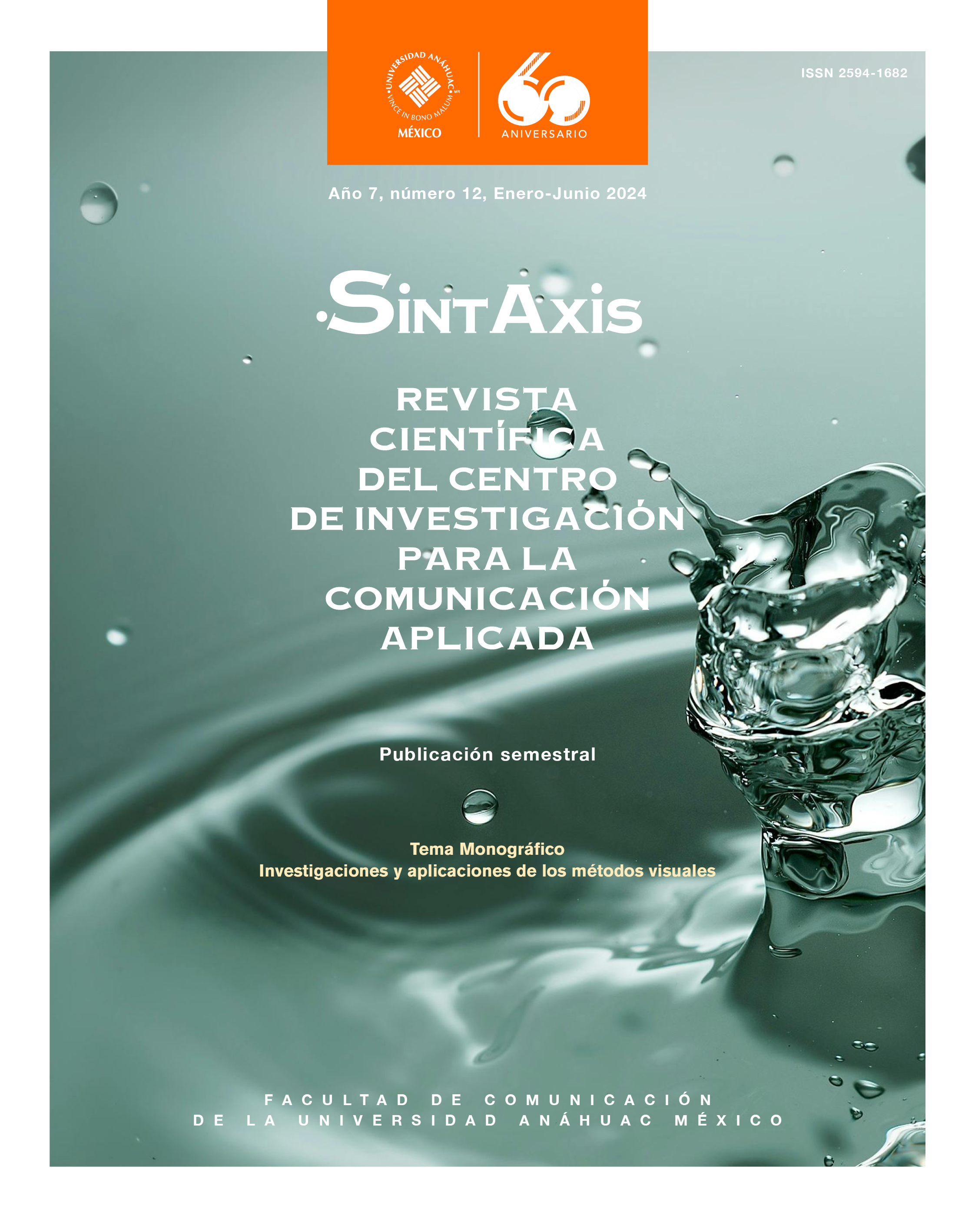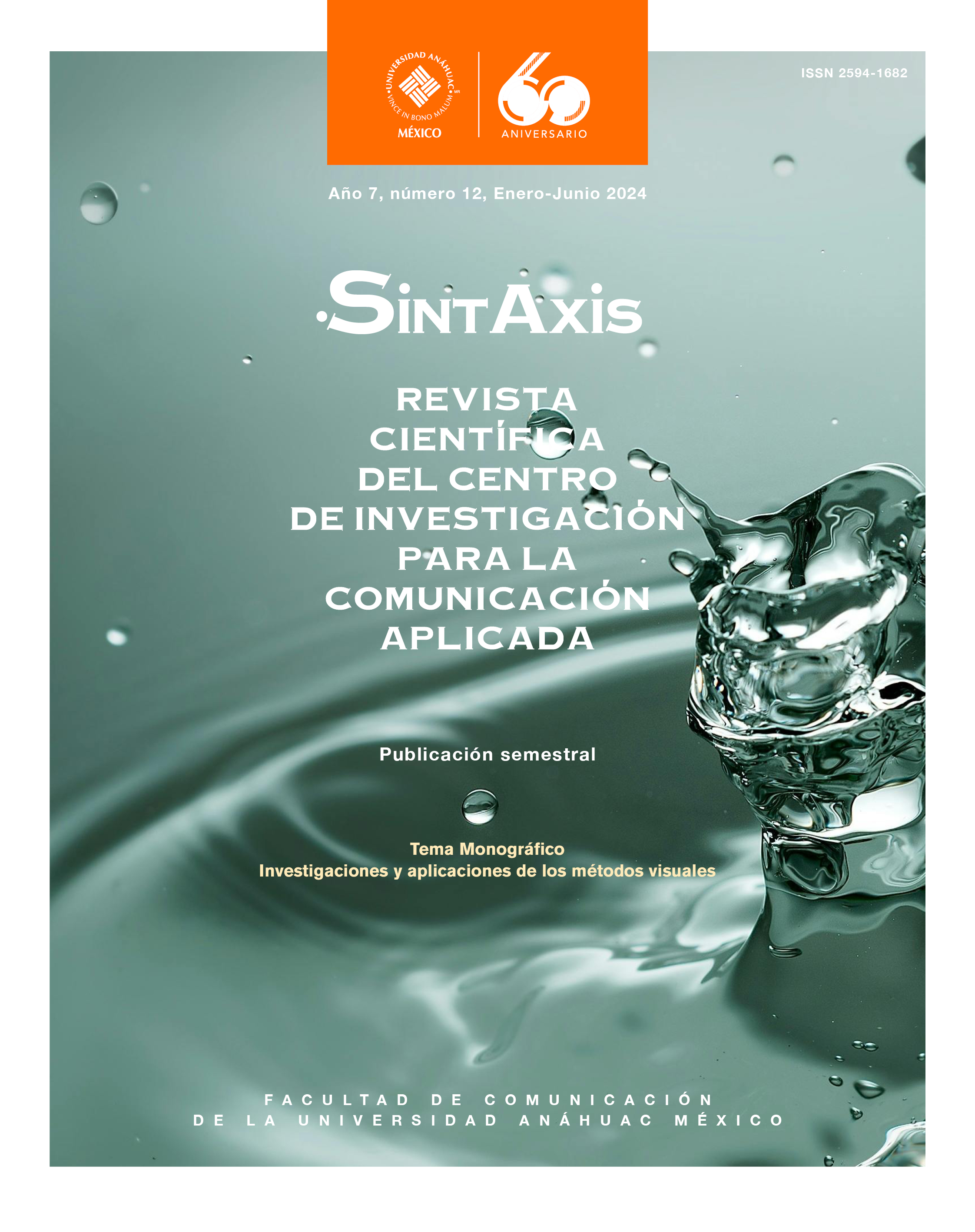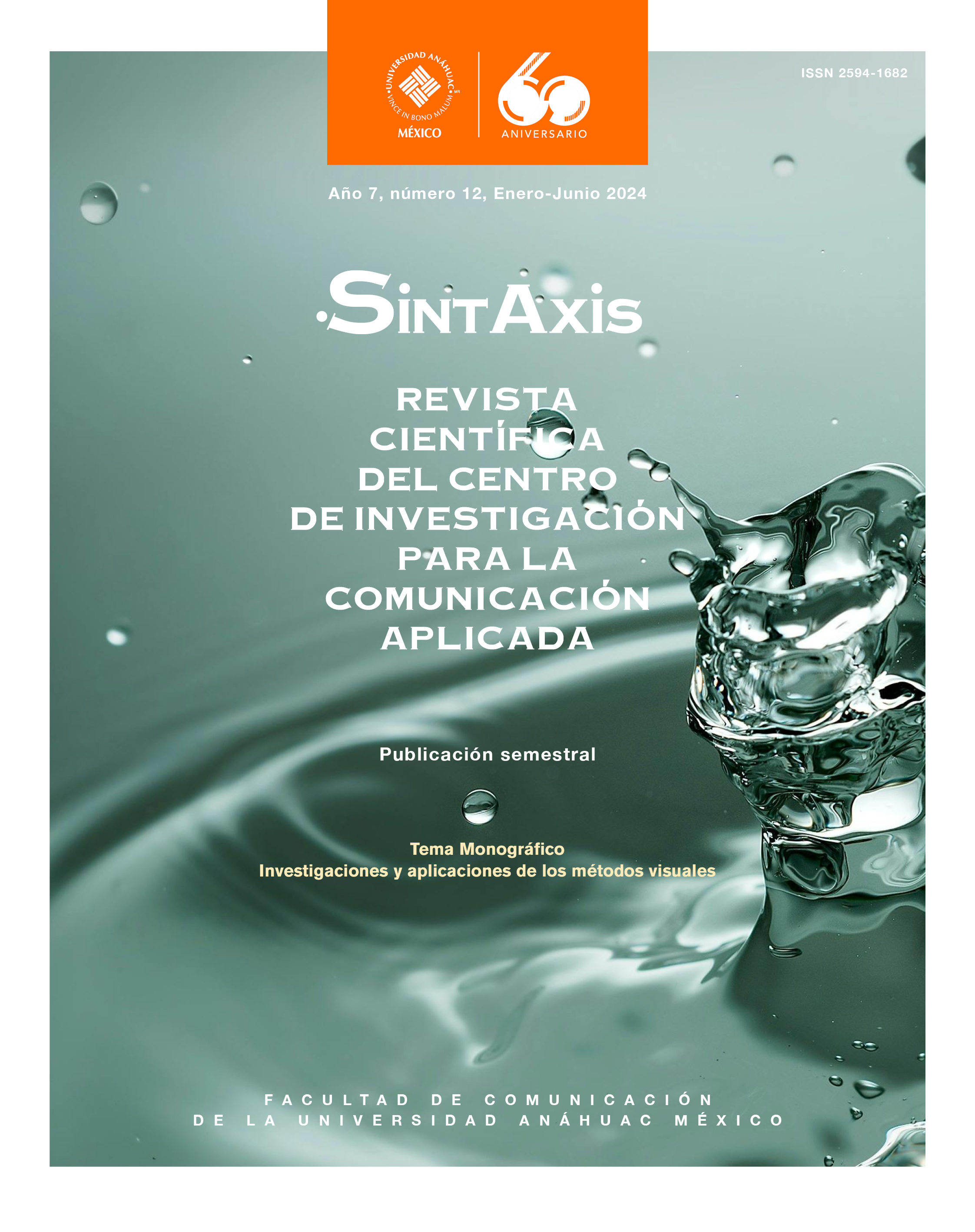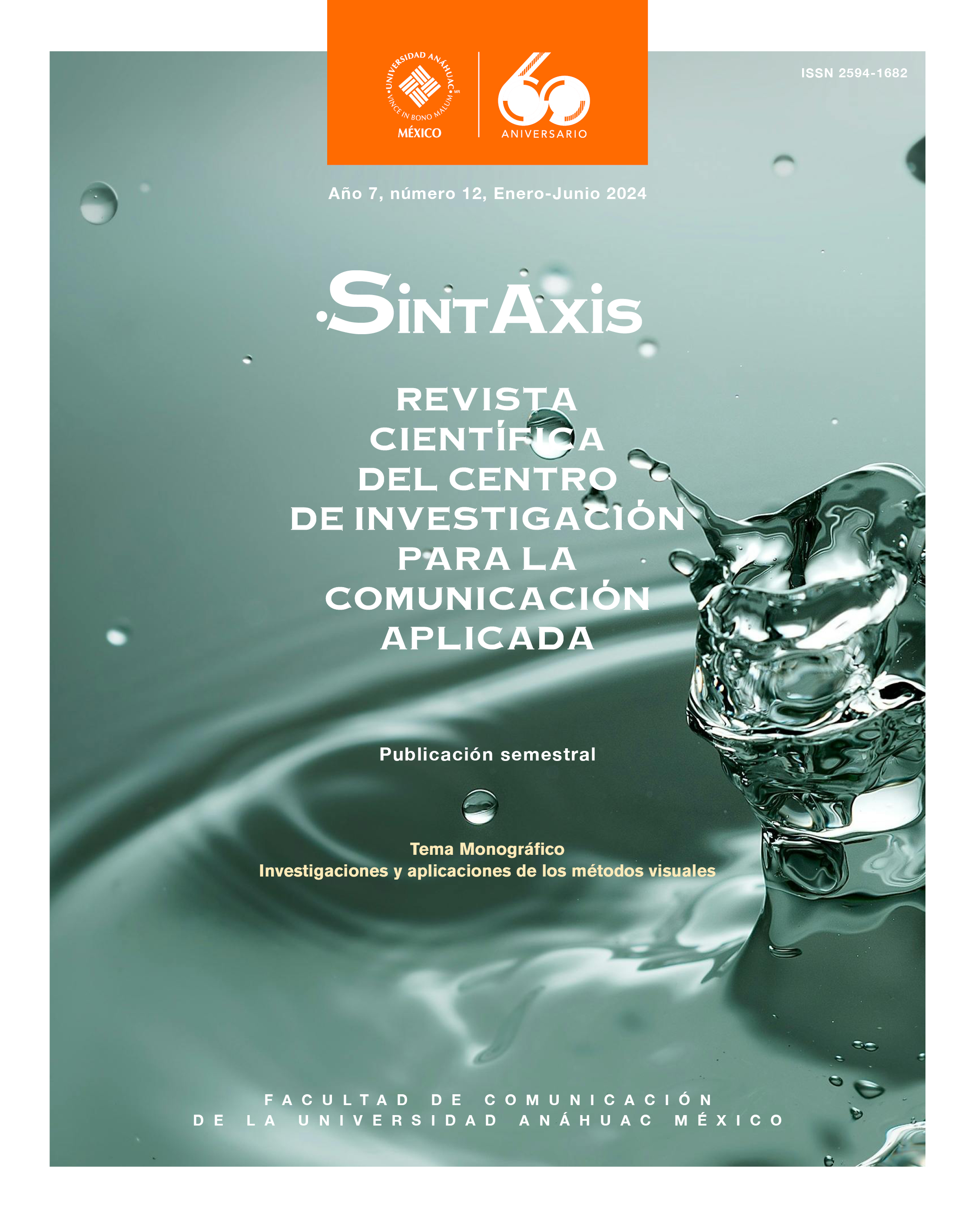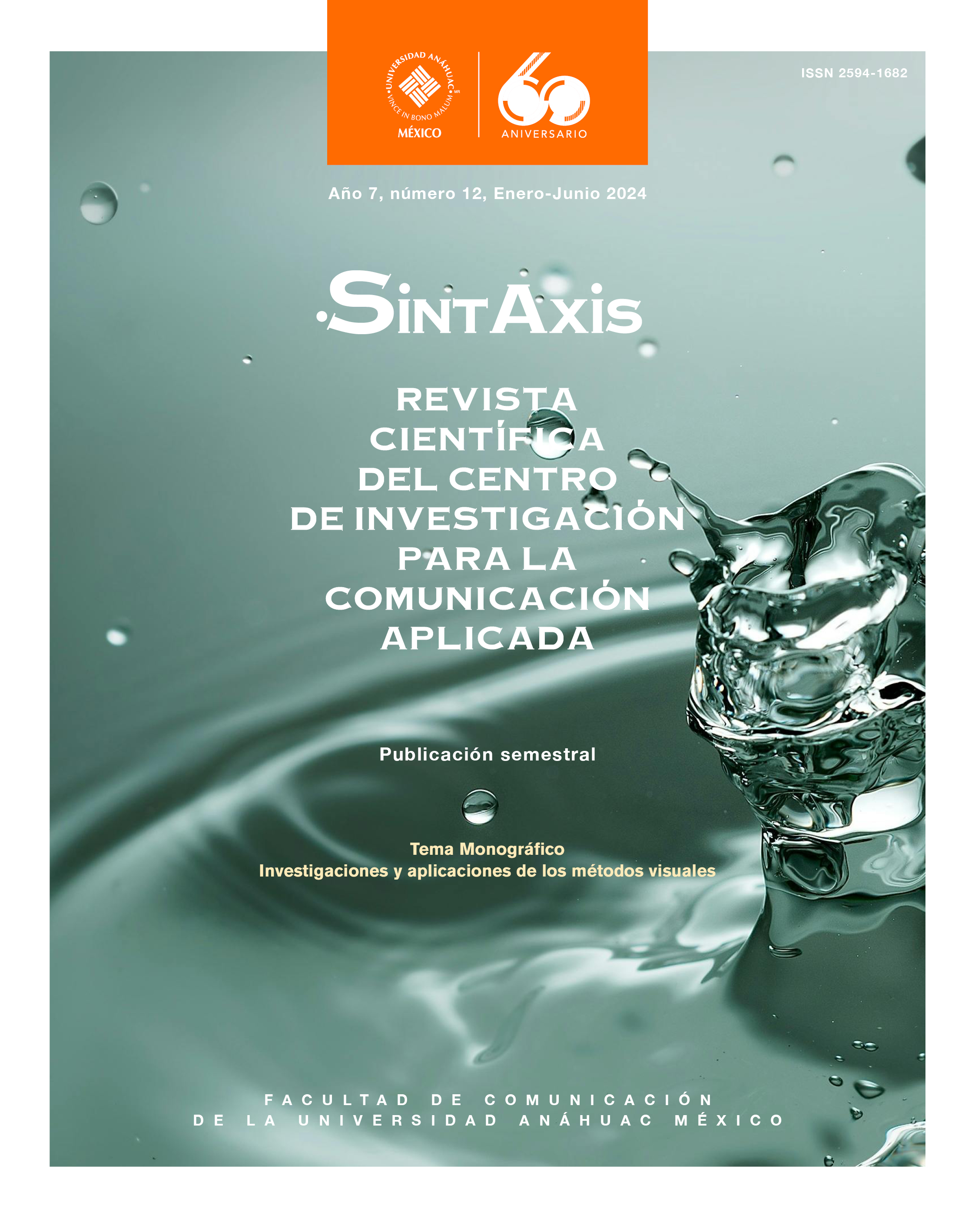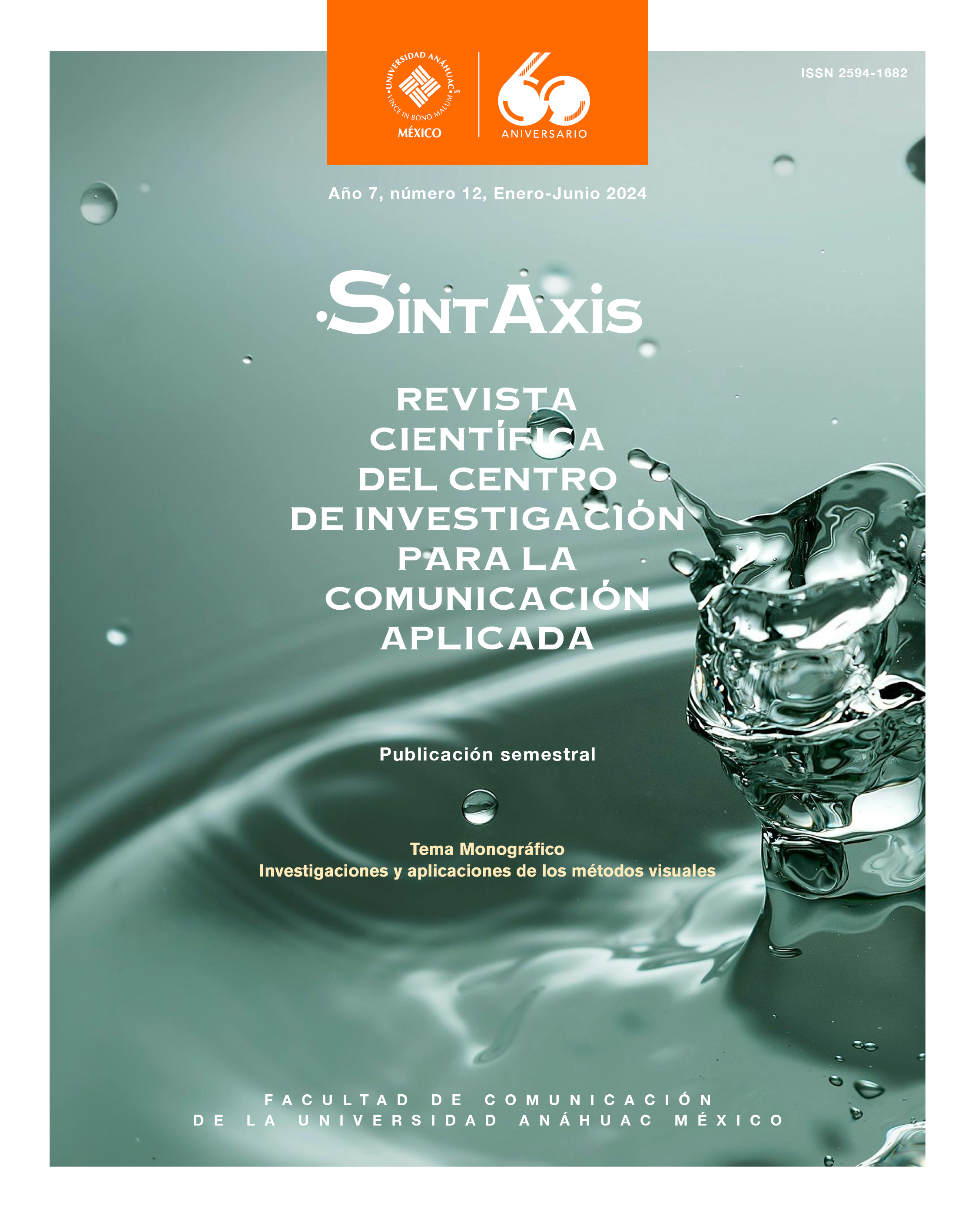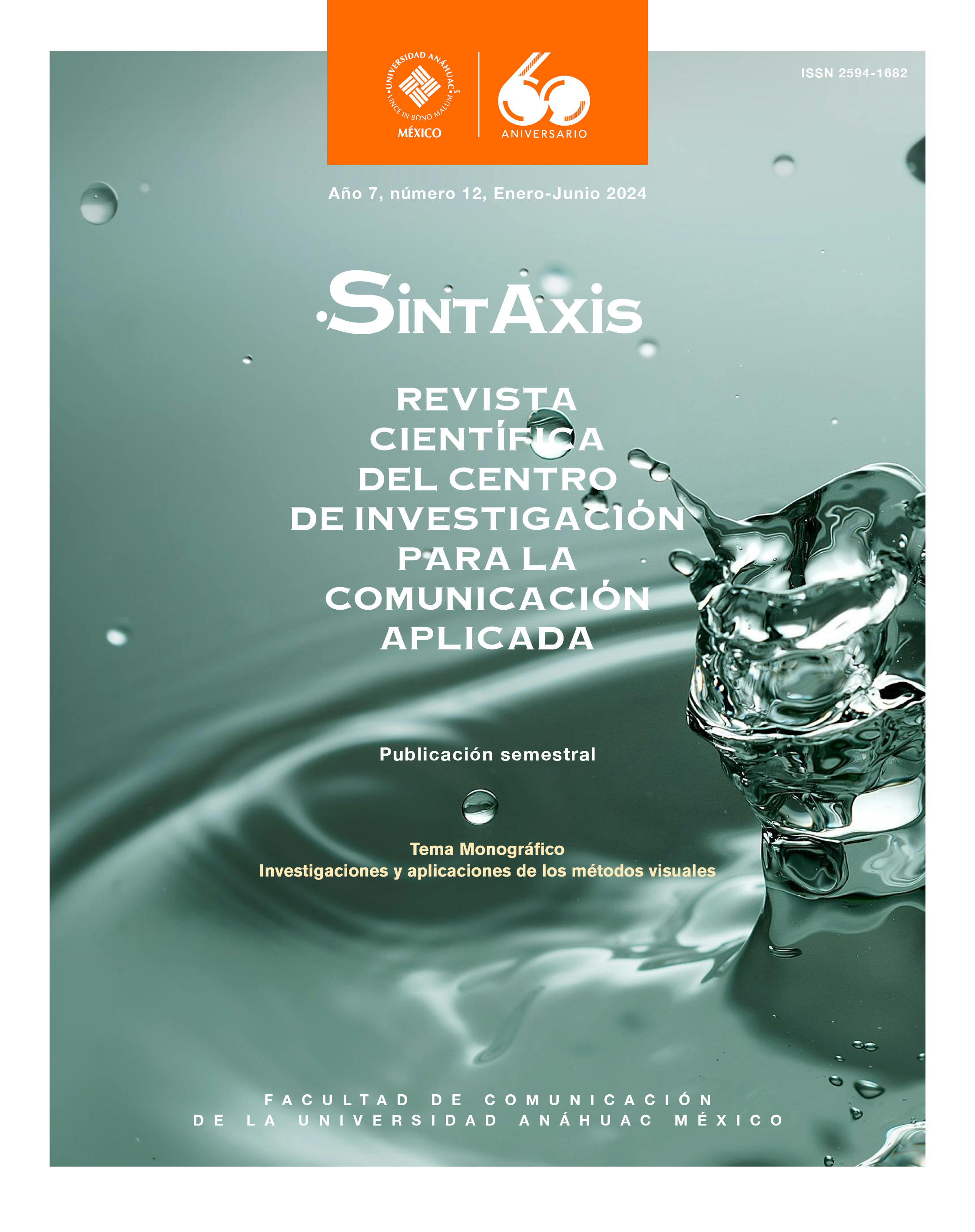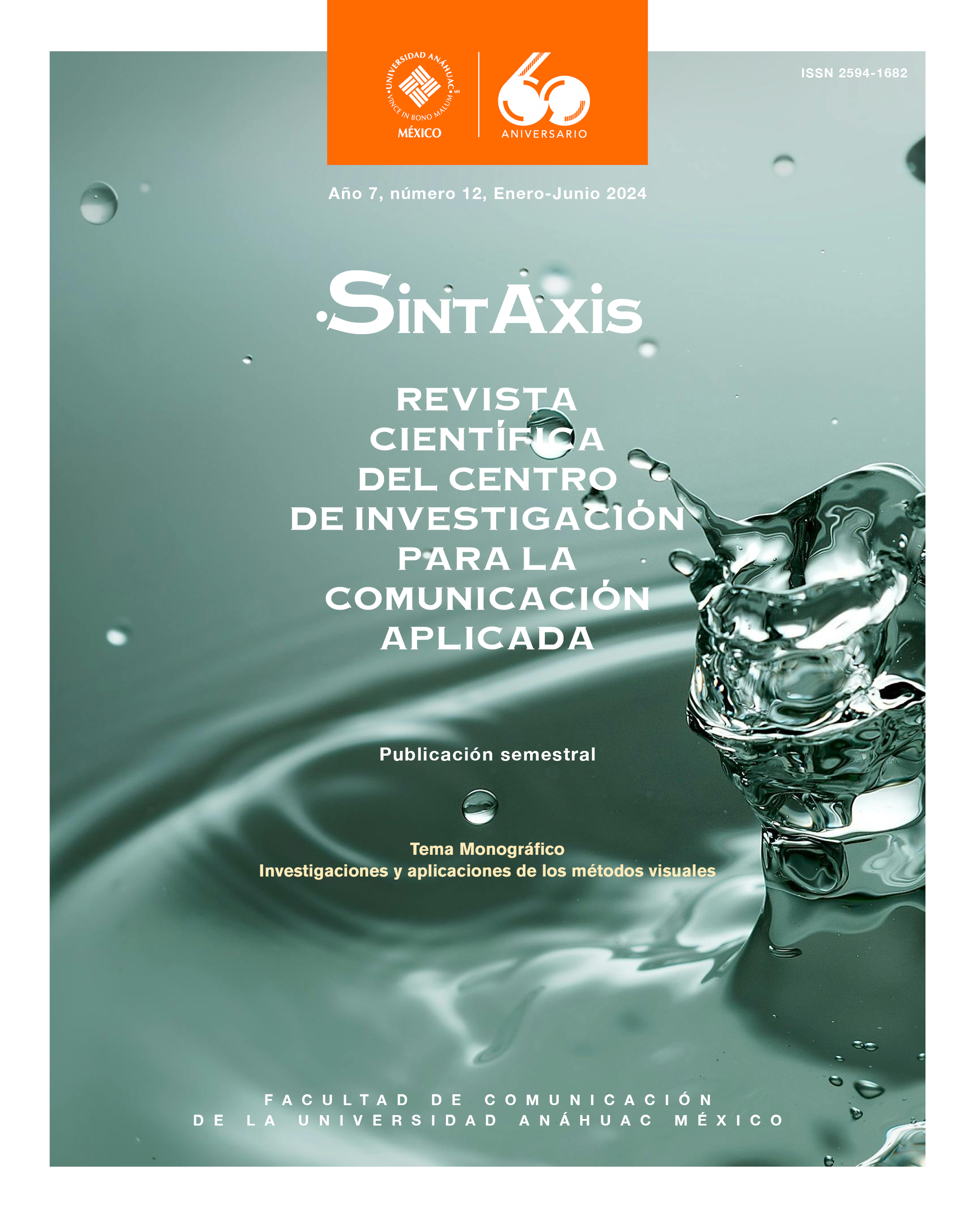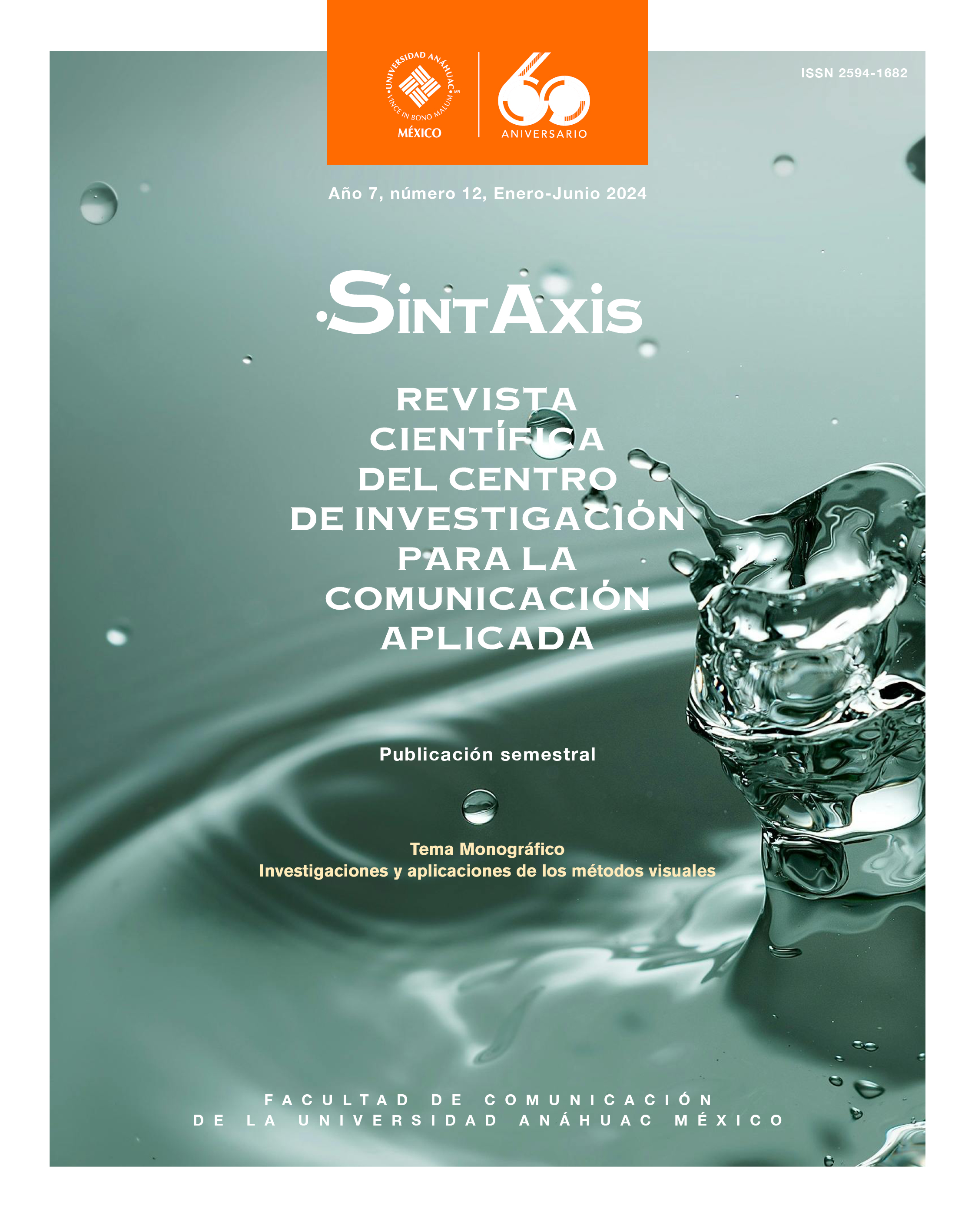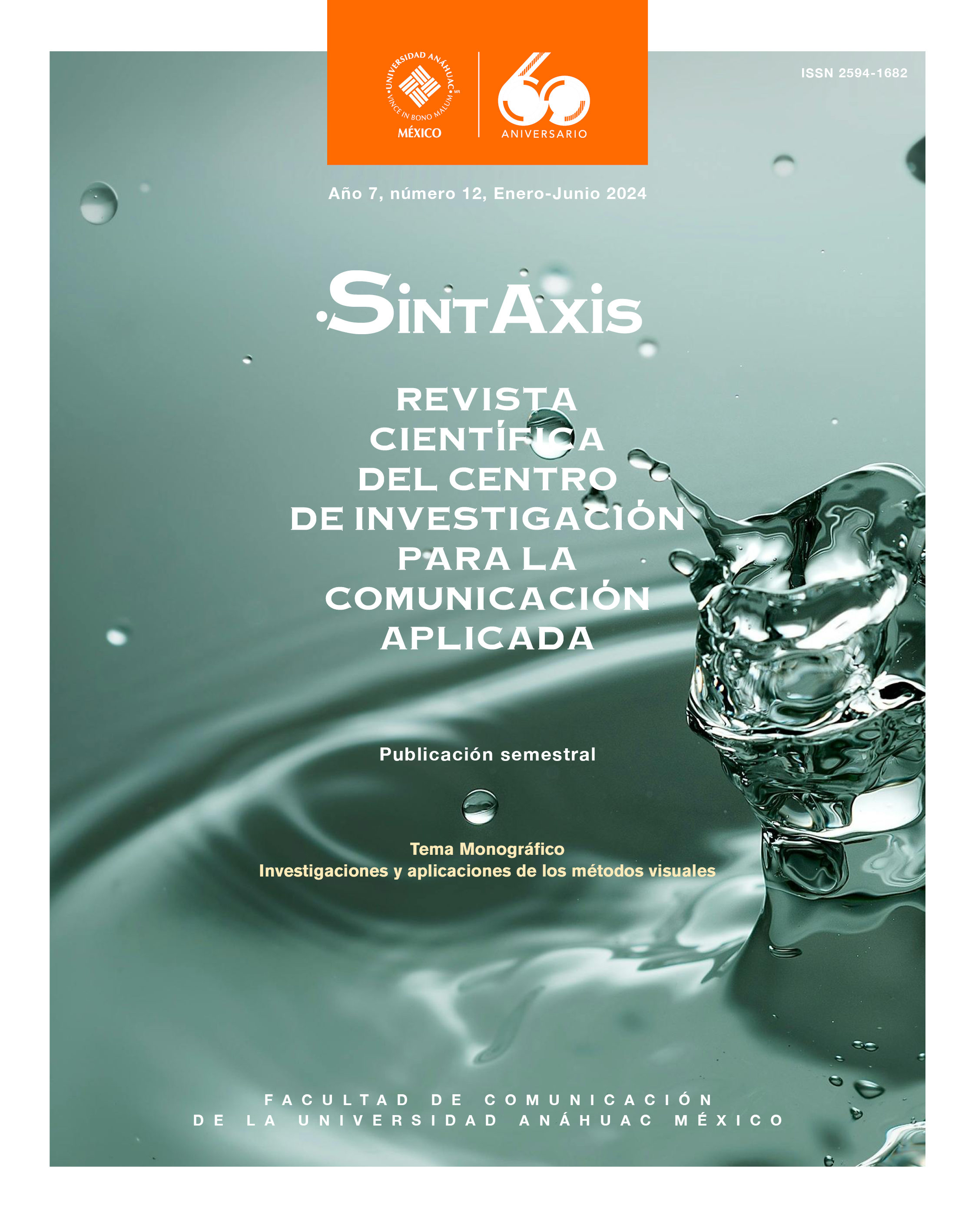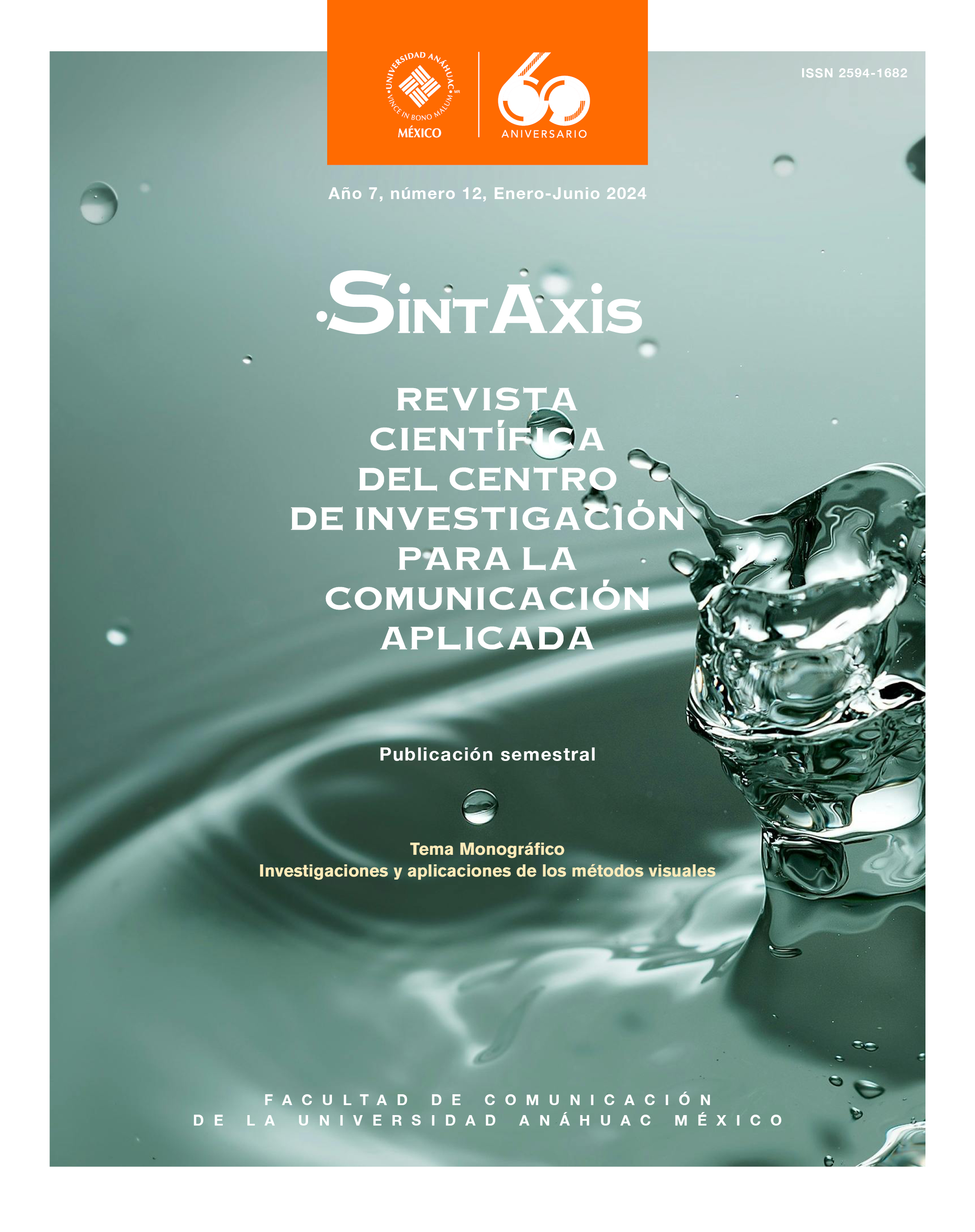Visual methods face a unique research problem, namely, the distinction between the real and the virtual as a matter that implies understanding the very meaning of things. Perhaps it is more forceful to point out the distinction between reality and fiction, given that the virtual can be objected to as a dimension of the real. The distinction between the real and the virtual is a classic problem that has had different variants and ways of approaching it, which, for this reason, draws the attention of men of art, science, politics, religious men, educators, etc. Indeed, since ancient times there has been concern about the effective way of transmitting knowledge, experiences, and cultural values. The issue of the graphic representation of knowledge is important in itself, but not only is knowledge the ultimate explanation that moves people to question the virtual, perhaps what drives the interest of all sectors of society is the meaning that You can communicate through the virtual. The question that asks about meaning would encompass the distinction between the real and the virtual through truth. Behind the distinction between the virtual and the real is the concern for the symbolic elements that cover the truth that is transmitted. The history of image studies has had detractors and fervent followers.
In this edition of Sintaxis Magazine, research is presented that is based on the implementation of visual methods, from which emerges the possibility of thinking about a visual anthropology as a framework of reference for communication.
The first article in this edition is titled, The visual representation of the hologram: a comparative approach to its political and social uses, page 15
The second article is called, Digital devices: usage profiles and ways of appropriating a place. Numerical devices: profils d’usage et modes de s’approprier un lieu, page. 29
The third article is titled, Documenting through the visitor's perspective: a service-learning experience in the SOS Children's Villages NGO, page. 42
The fourth article is called, Implications of photography’s computational turn for visual methods, p. 56
The fifth article is titled, Lived experience and virtual reality: visual method of analysis based on video recordings and the Valence-Arousal diagram, page. 68
The sixth article is titled, Analysis of the organizational culture of the company Genesem Inc. from the perspective of visual anthropology, page. 86
The seventh article is titled, Garder trace, rendre compte d’une œuvre d’art vivant transmédiatique: une approche diegétique des dispositifs de prélèvement et de médiation, page. 98
The eighth article is titled, Des choix photographiques comme révélateur d’un ressenti en espace urbain, page. 114
The ninth article is titled, Gathering and highlighting intangible cultural heritage in an outlying neighborhood through audiovisual methods. A Learning-Service experience from design studies, page. 130
The tenth article is titled, Contemporary pandemic narratives and COVID 19: staging as a strategy and visual method in the press, page. 142
The eleventh and last article of this edition is titled, Ultraprocessed Cereals: A study of visual methods on their communication in networks, comparative between France and Mexico: Use of collaborative camera and eye tracking, page. 154
DOI: https://doi.org/10.36105/10.36105/stx.2024n12
Published: 2024-02-23

